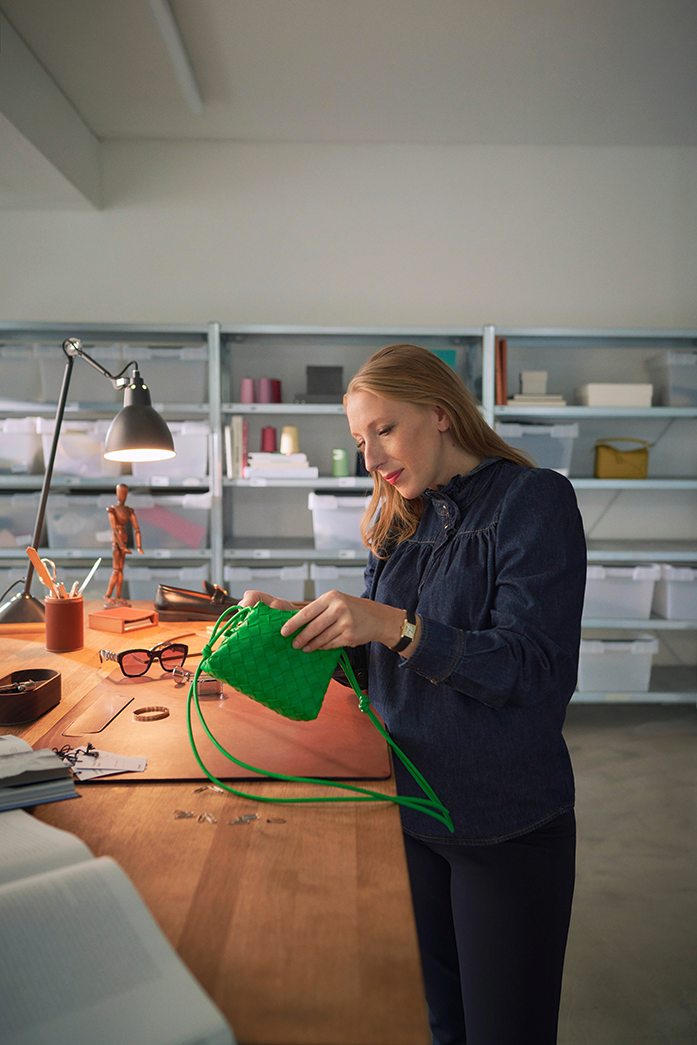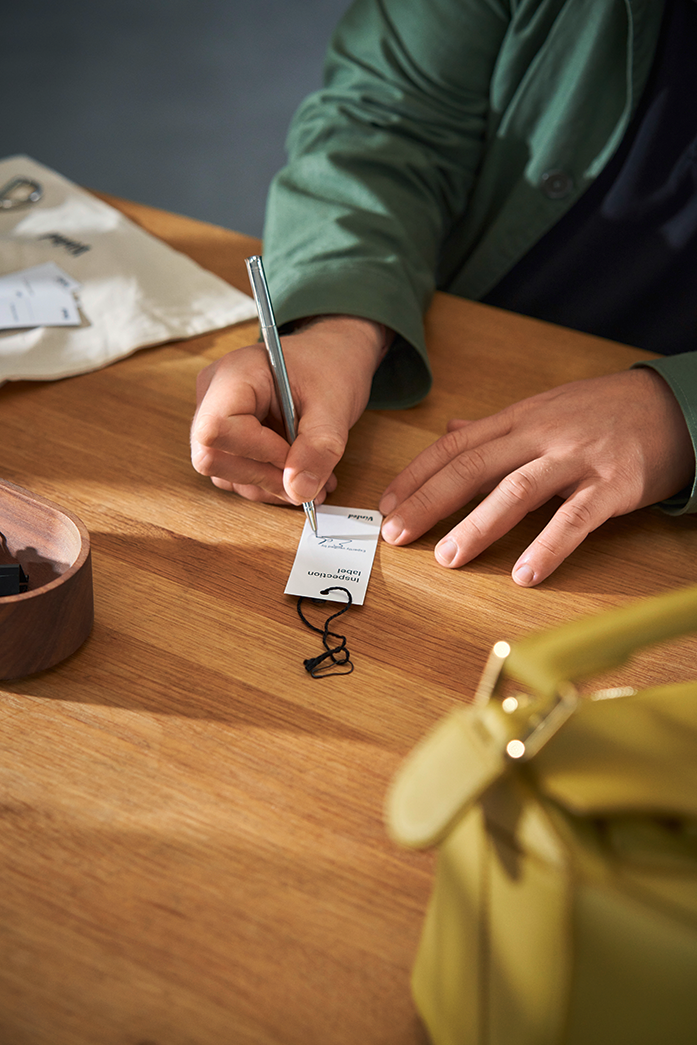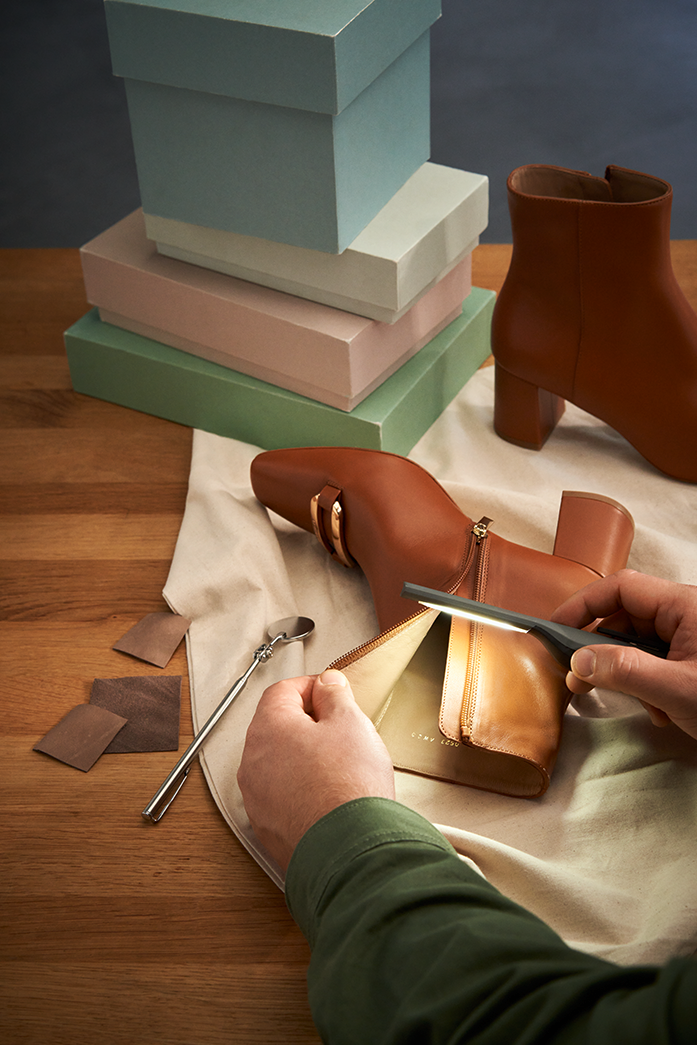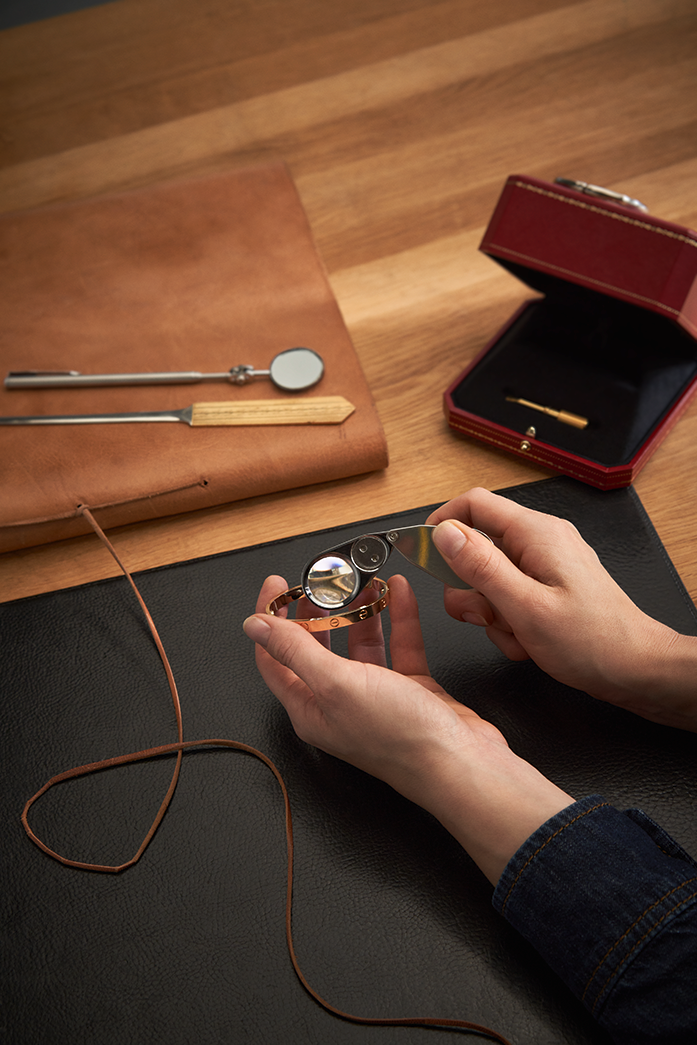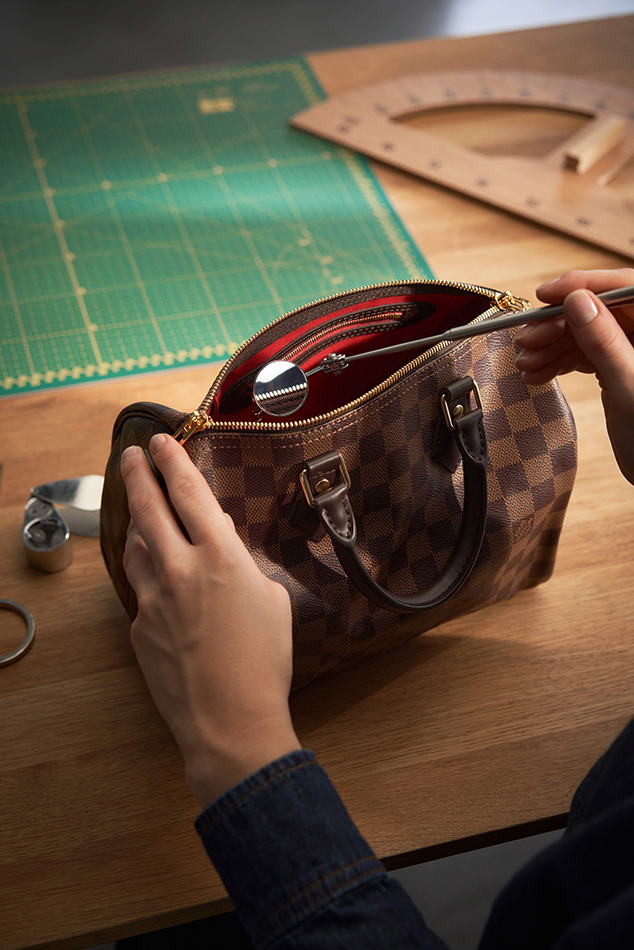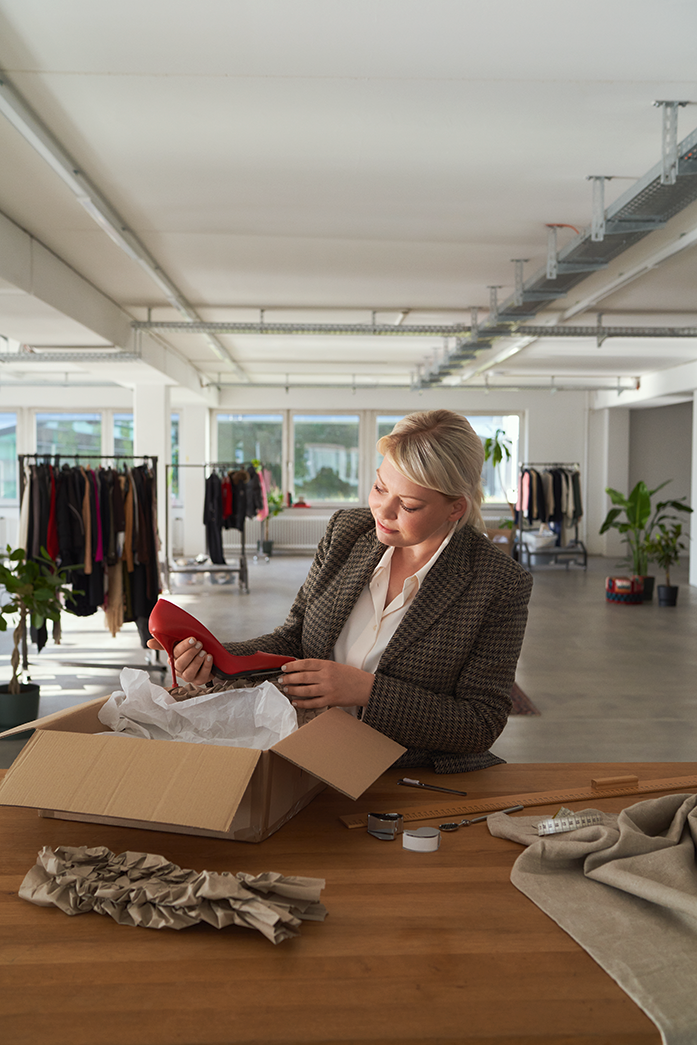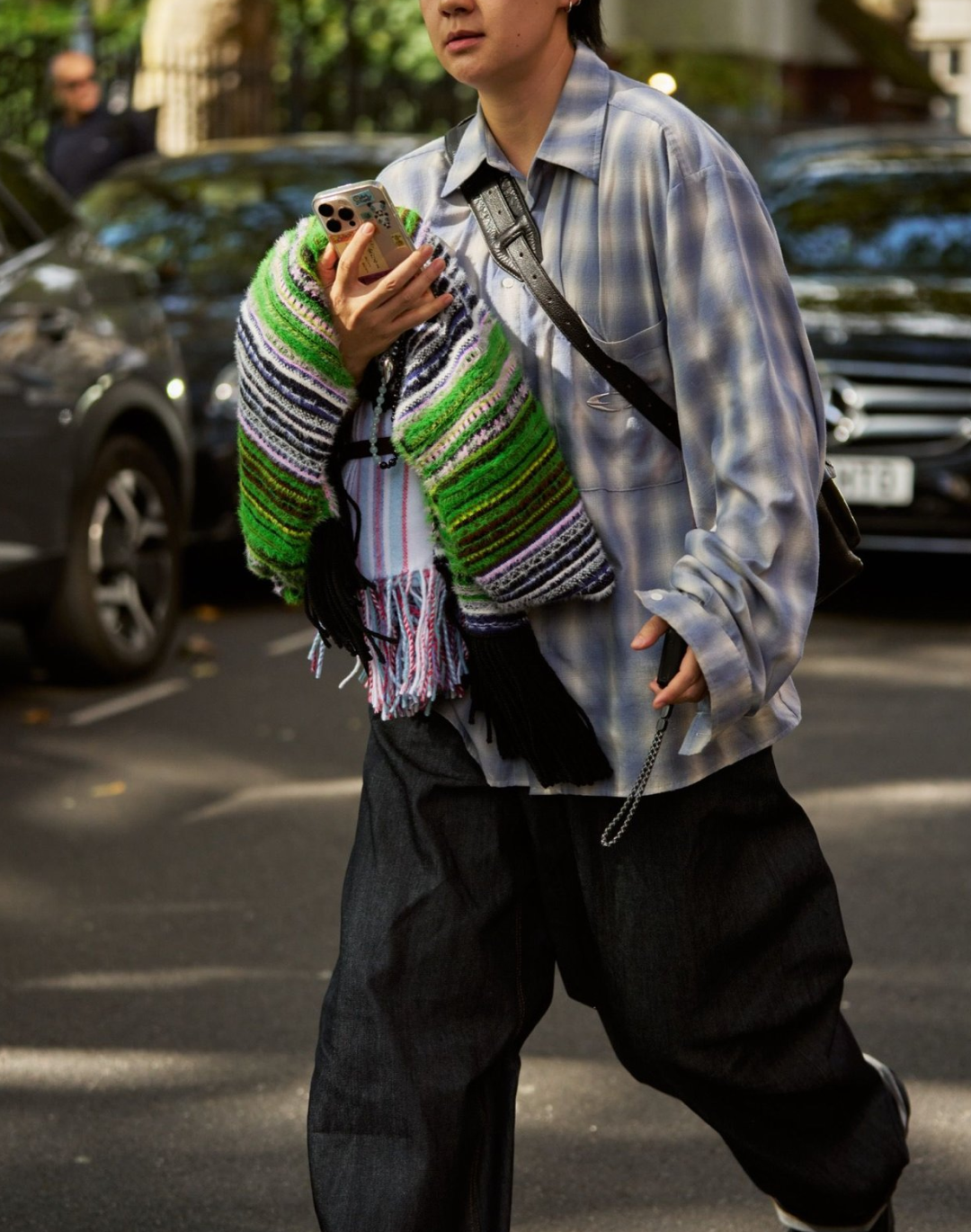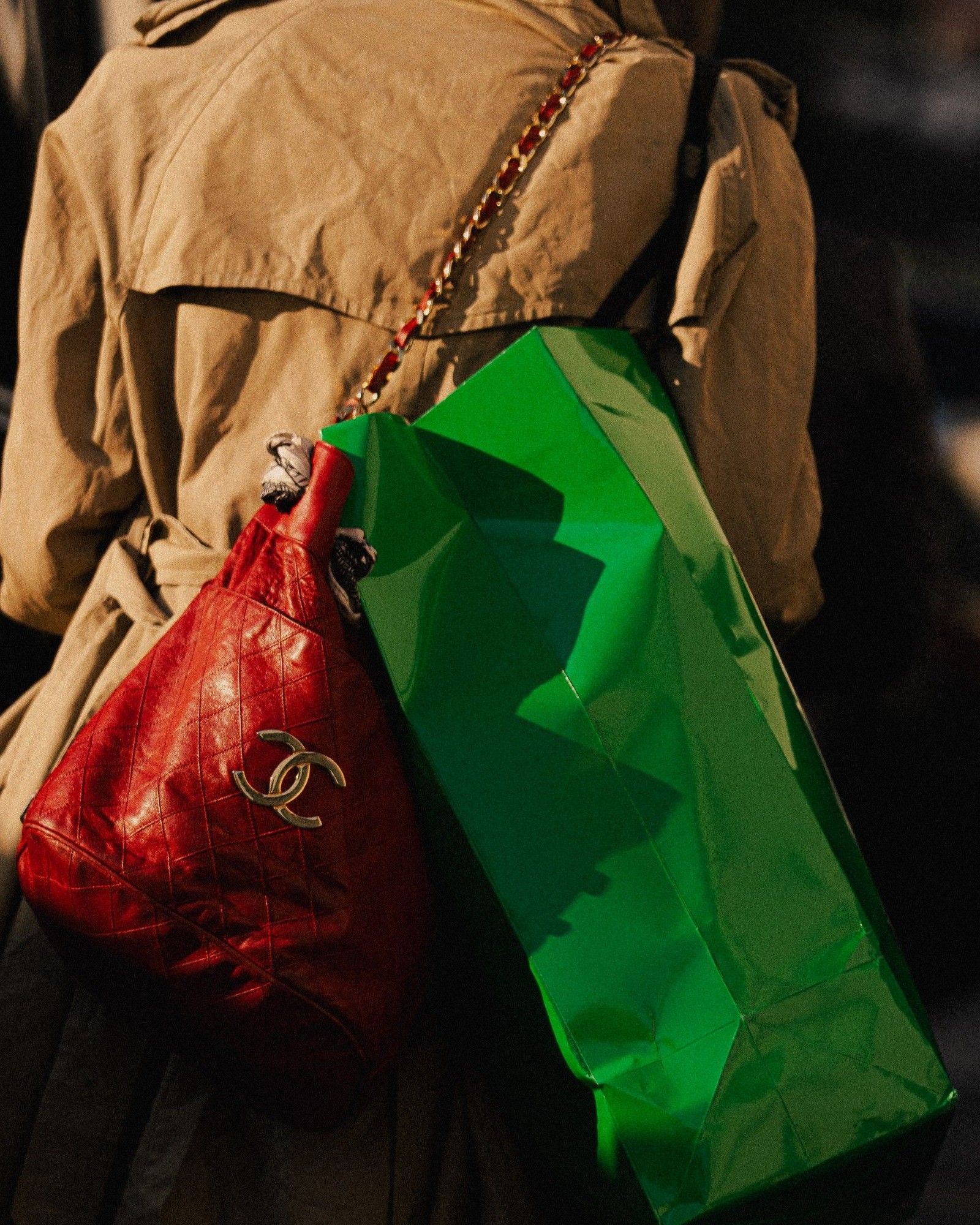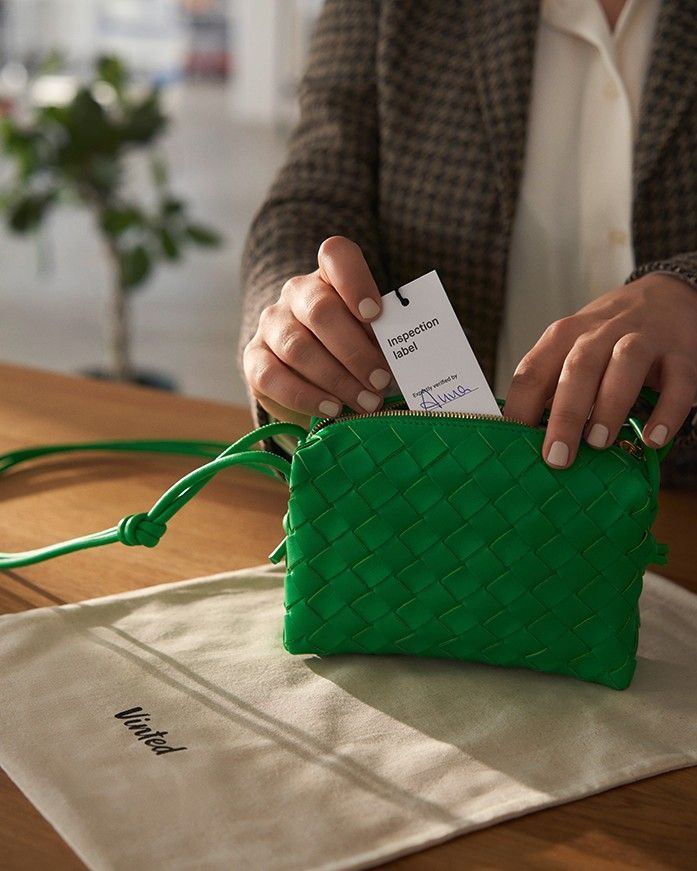
How does Vinted's Verification Service work? We asked the Senior Brand Expert of the platform
Vinted, perhaps among the most popular secondhand fashion marketplaces, recently launched its own Item Verification service, an initiative that aims to guarantee the authenticity of luxury products sold on the platform. To better understand how it works, we contacted Bjoern Holzhauer, Senior Brand Expert at Vinted, who gave us a detailed overview of how this new service works and what benefits it offers users. For Bjoern, the new service «represents a significant step towards increasing trust in the authenticity of second-hand designer items on our platform. With this service, we provide users with greater peace of mind: sellers can thus confidently sell higher priced items, while buyers can sleep soundly knowing that the garments they want will be examined by qualified experts». The introduction of the service is a clear signal: Vinted is not only for emptying the wardrobe but also for selling and buying valuable archive fashion, it is a safe place for even the most professional archivists. Of course, verification is optional for the buyer, it specifically concerns bags, shoes, jewellery accessories and watches costing over €100 and can be added as an additional option to Vinted's existing Buyer Protection. When an ad is eligible for verification, members will see a diamond-shaped badge next to their item and the cost of the Verification Service is €10 for buyers, while it is free for sellers.
But where do the items that need to be verified go? «We currently have only one verification centre in Europe, in Hamburg, where Vinted's dedicated team of verification experts carefully examines items eligible for Verification». Experience in the luxury fashion industry is a key element for Vinted's verification team members. After the acquisition of luxury resale platform Rebelle, the Vinted team was able to join forces and bring Rebelle's expertise in item verification to Vinted's members. Bjoern Holzhauer points out: «Vinted's team of verification experts can boast over five decades of experience and knowledge on thousands of brands. In addition to this, they are passionate about luxury fashion and constantly keep abreast of new brands and innovations in the industry». And it is precisely from Rebelle that Bjoern comes, who, already in his childhood and later during his fashion design studies, developed a strong «ability to recognise the authenticity of branded articles». Nonetheless «to become an expert in the verification of Vinted articles, it is necessary to develop skills through field experience and in-depth knowledge of the brands and their characteristics», explains Bjoern, also adding that:«Vinted has also created an academy where senior experts from the team train young talent, promoting internal development and knowledge sharing».
According to Bjoern, the items for which the service is most in demand are «popular trainer models from brands such as Nike and adidas, as well as bags and accessories from Louis Vuitton, Gucci, Prada, Hermès, Dior and Chanel». As many fashion insiders know, when it comes to verifying the authenticity of a certain article, one has to look for all those details that are not found in books but are part of the collective knowledge about a certain brand that only those who know it first-hand can give. But Bjoern also wanted to tell us what signs to look out for should we find ourselves verifying something ourselves: «There are some common aspects that suggest whether a product is counterfeit, such as incorrect logo lettering, printing errors, metal parts made of poor materials, details such as zips, snaps, hooks, metal plating of inferior quality or the wrong colour with a greenish or very yellowish golden hue, unpleasant smell of plastic or chemicals, and also tactile clues such as unsuitable materials e.g. 100% polyester instead of 100% silk».










































